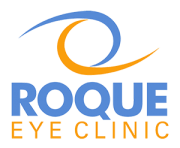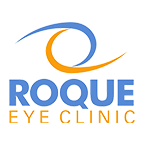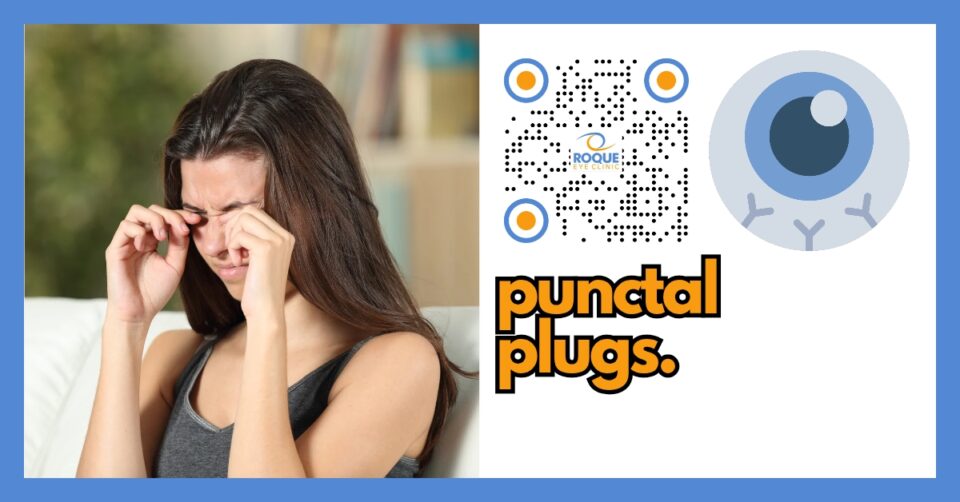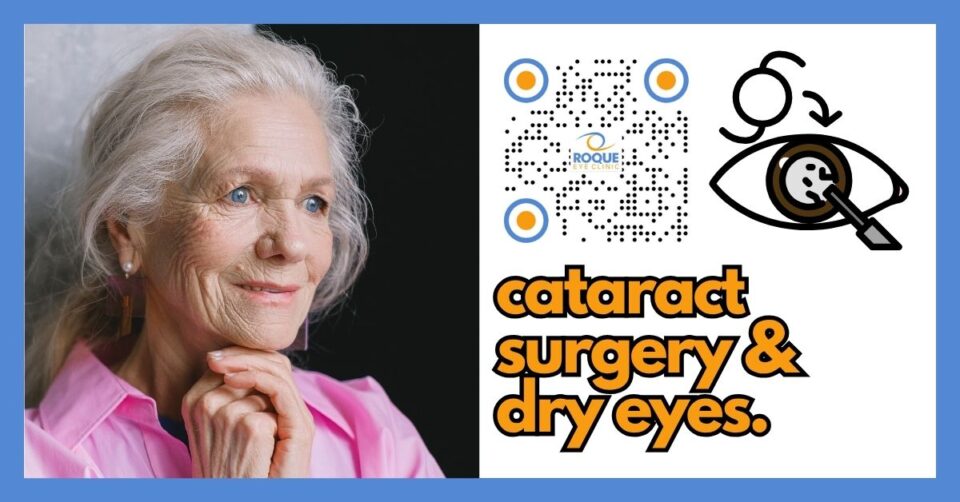Smoking and Dry Eyes: How Tobacco Drains Your Tears
Key Learning Points
-
Smoking dehydrates every layer of the tear film—aqueous, lipid, and mucin—producing rapid tear‑film breakup and chronic inflammation.
-
Second‑hand smoke and vaping aerosols carry enough free radicals to trigger dry‑eye symptoms even in non‑smokers.
-
Dry‑eye risk rises with each cigarette puff (current OR ≈ 1.18) but begins to fall within weeks of quitting.
-
Treatment is most effective when paired with smoking cessation; without quitting, drops treat the symptom, not the cause.
-
Simple home measures—20‑20‑20 breaks, humidifiers, omega‑3‑rich diet, and smoke‑free environments—speed recovery.
Smoking and Dry Eyes: A Comprehensive Patient Guide
Introduction
Imagine your tears as the windshield‑wiper fluid of your eyes—clear, protective, and always on standby. Cigarette smoke acts like sand in that fluid, shredding the smooth layer that keeps vision crisp and comfortable. This article explains, in plain language, how smoking dries out your eyes, what symptoms to look for, how to treat them, and—most importantly—how to prevent them. Whether you smoke, vape, or live with someone who does, the information below can help you reclaim comfortable, healthy vision.
1. What Exactly Is Dry‑Eye Disease?
Dry‑eye disease (DED) happens when your eyes don’t make enough tears or when the tears they do make evaporate too quickly. Tears are not just water; they are a three‑layered cocktail of oil (lipid), water (aqueous), and mucus (mucin). When any layer goes missing, the eye’s surface feels like a desert—burning, gritty, and red.
Common causes include aging, hormonal shifts, too much screen time, certain medications, and…you guessed it—smoking.
1.1 How Smoking Fits In
Cigarette smoke contains more than 7,000 chemicals. Formaldehyde, acrolein, and nicotine break down the lipid layer, so the watery layer underneath evaporates in seconds. Tiny smoke particles also injure goblet cells, the factories that make mucin. The result? A “Swiss‑cheese” tear film dotted with dry spots that sting each time you blink.
Second‑hand smoke carries the same toxins. People who sit in smoking areas often report dry, itchy eyes within minutes. Even vaping, marketed as a “clean” alternative, releases aldehydes that destabilize tears.
2. Signs and Symptoms
| Symptom | Why It Happens |
|---|---|
| Stinging or burning | Smoke‑induced inflammation exposes tiny nerve endings. |
| Gritty/“sand in the eye” feeling | Dry spots form on the cornea as tears evaporate. |
| Redness | Surface blood vessels dilate to bring healing cells. |
| Watery eyes | Reflex tearing tries to “flood” the dryness but offers only temporary relief. |
| Blurred or fluctuating vision | Tear film instability acts like a warped camera lens. |
If you wake up with “sticky eyelids,” find yourself blinking to clear vision, or avoid air‑conditioned rooms because your eyes sting, dry eye is likely playing a role. Smokers often develop symptoms years earlier than non‑smokers.
3. Who Is at Risk?
-
Current smokers and vapers—risk rises with number of cigarettes or “puffs” per day.
-
Second‑hand smoke exposure—family members, bar staff, rideshare drivers.
-
Women & hormonal changes—estrogen shifts make the tear film thinner.
-
Contact‑lens wearers—nicotine adheres to lens surfaces like soot on glass.
-
Screen users in air‑conditioned spaces—blink rate drops, accelerating evaporation.
A 2024 meta‑analysis of 10,000+ patients found smoking increases DED odds by 18 % (OR 1.18, 95 % CI 1.07‑1.29).
4. How Do Doctors Diagnose Smoke‑Related Dry Eye?
-
History & Symptom Quiz – frequency, severity, and smoking exposure.
-
Tear Break‑Up Time (TBUT) – fluorescein dye reveals tear stability; <10 sec is abnormal.
-
Schirmer Test – thin paper strip measures tear volume (<10 mm in 5 min suggests aqueous deficiency).
-
Ocular Surface Staining – lissamine green highlights damaged cells.
-
Meibography & Lipid Layer Evaluation – HR meibography shows smoke‑related gland blockage.
Early testing matters: once goblet cells are destroyed, recovery can take months even after quitting.
5. Treatment Options
5.1 Lifestyle & Home Remedies
-
Quit Smoking – every day smoke‑free lets goblet cells regenerate. Call 1‑800‑QUIT‑NOW (U.S.) or DOH Quitline 1558 (Philippines).
-
Follow the 20‑20‑20 Rule – every 20 minutes, look 20 feet away for 20 seconds to refresh tears.
-
Use a Cool‑Mist Humidifier – keeps ambient humidity above 40 %.
-
Wraparound Glasses – block wind and smoke particles.
-
Stay Hydrated – tears come from blood plasma; drink 8‑10 glasses of water daily.
5.2 Over‑the‑Counter Relief
-
Preservative‑free artificial tears 4–6×/day.
-
Lipid‑boosting drops with castor or mineral oil for evaporative cases.
-
Omega‑3 supplements (1,000–2,000 mg EPA/DHA).
5.3 Prescription & In‑Office Therapies
| Therapy | How It Helps |
|---|---|
| Cyclosporine (Restasis®) / Lifitegrast (Xiidra®) | Reduce inflammation so natural tear production rebounds. |
| Loteprednol pulse therapy | Calms severe flares without long‑term steroid side‑effects. |
| Punctal plugs | Tiny silicone stoppers slow tear drainage. |
| Thermal pulsation / IPL | Clears meibomian glands, crucial when smoke thickens meibum. |
| Autologous serum tears | For stubborn cases; uses growth factors from your own blood. |
Without quitting smoking, results plateau: think of pouring water into a bucket with a hole.
6. Prevention: Building a Smoke‑Free Eye Zone
-
Smoke outdoors—never in cars or near children.
-
Choose smoke‑free restaurants; smoke travels up to 6 m indoors.
-
Ventilate kitchens and living areas with exhaust fans.
-
Update workplace policies—Philippine Clean Air Act supports smoke‑free offices.
-
Switch from cigarettes to medically supervised nicotine replacement; vaping is not risk‑free.
Think of your eyes as orchids: they wilt quickly when exposed to toxic air but flourish in clean, humid environments.
7. Healing After You Quit—A Week‑by‑Week Guide
| Week | What Your Eyes Feel | What’s Happening |
|---|---|---|
| 1 | Less stinging, but redness persists | Inflammatory cytokines begin to drop. |
| 2 | Tear stability improves by ~20 % | Lipid layer starts to thicken. |
| 4 | Significantly fewer dry spots | Goblet‑cell density climbs. |
| 8 | Vision steadier throughout the day | Nerve endings regenerate. |
| 12 | Blink feels smooth again | Tear metrics approach non‑smoker range. |
Stay consistent with lubricants and follow‑up visits. Celebrate milestones—eyes heal faster than lungs, so progress is often visible within weeks.
8. Analogy
Hearing “your smoking is hurting your eyes” can feel accusatory. Think of smoke like tiny bits of sandpaper. You wouldn’t knowingly scrub sandpaper across your cornea, yet each puff does something similar on a microscopic level. The good news? Unlike scratched glass, the eye surface can repair itself—but only if the scratching stops.
9. Frequently Asked Questions
| Question | Answer |
|---|---|
| 1. Is vaping safer for my eyes than cigarettes? | Safer for lungs, perhaps, but e‑cigarette aerosols still destabilize tears and inflame the cornea. |
| 2. Will my dry eyes disappear the moment I quit? | Many feel relief in 2–4 weeks, but full tear‑film recovery can take 3–6 months. |
| 3. Can second‑hand smoke alone cause dry eyes? | Yes. A 2023 systematic review links passive smoke to significant ocular‑surface inflammation. |
| 4. Do menthol or “light” cigarettes reduce eye damage? | No. The irritant chemicals are still present. |
| 5. Are herbal cigarettes safe? | Burning any plant produces formaldehyde and acrolein—both toxic to the eye. |
| 6. What eye drops work best? | Preservative‑free artificial tears with lipids; your doctor may add anti‑inflammatory drops if needed. |
| 7. Can contact lenses worsen smoke‑induced dryness? | Yes. Smoke particles adhere to lenses, trapping toxins against the cornea. |
| 8. Do sunglasses help indoors? | Wraparound glasses reduce evaporation in air‑conditioned or smoky rooms. |
| 9. Will drinking more water cure dry eye? | Hydration helps but cannot overcome continuous smoke exposure. |
| 10. How often should I see my eye doctor after quitting? | At baseline, 3 months, and 6 months, or sooner if symptoms flare. |
Take‑Home Message
Every puff of smoke is a puff of dryness for your eyes. The tear film—your eye’s natural moisturizer—can rebuild only when smoke exposure stops. Combine smoking cessation with targeted dry‑eye therapies and simple home habits, and most patients enjoy clearer, more comfortable vision within three months. Your eyes are remarkable healers—give them the clean air they deserve.
Bibliography
List 1 – Smoke Exposure & Ocular Surface
-
Zhang Y, Zhang XJ, Yuan N, et al. Secondhand smoke exposure and ocular health: a systematic review. Surv Ophthalmol. 2023;68(6):1166‑1207. doi:10.1016/j.survophthal.2023.07.001.
-
Martheswaran T, Shmunes MH, Ronquillo YC, Moshirfar M. The impact of vaping on ocular health: a literature review. Int Ophthalmol. 2021;41(8):2925‑2932. doi:10.1007/s10792-021-01842-w.
List 2 – Smoking & Dry‑Eye Epidemiology
-
Tariq MA, Amin H, Ahmed B, et al. Association of dry eye disease with smoking: a systematic review and meta‑analysis. Indian J Ophthalmol. 2022;70(6):1892‑1904. doi:10.4103/ijo.IJO_2193_21.
-
Yang K, Wu S, Ke L, et al. Association between potential factors and dry eye disease: a systematic review and meta‑analysis. Medicine (Baltimore). 2024;103(52):e41019. doi:10.1097/MD.0000000000041019.
List 3 – Public Health & Prevention
-
National Eye Institute. Keep Your Eyes Healthy. Accessed April 2025.
-
American Academy of Ophthalmology. Remedies to Reduce Dry Eye Symptoms. Accessed April 2025.
List 4 – Mechanisms & Pathophysiology
-
Wimpissinger B, et al. Cigarette smoking negatively affects choroidal vascularity. Ophthalmology Times Europe. 2025; April 15.
-
Rong SS, Peng Y, Liang YB, et al. Does cigarette smoking alter the risk of pterygium? A systematic review and meta‑analysis. Invest Ophthalmol Vis Sci. 2014;55(10):6235‑6243.
List 5 – Lifestyle & Tear‑Film Stability
-
TFOS Lifestyle Report: Impact of societal challenges on the ocular surface. Ocul Surf. 2023;28:1‑36.
-
Liu S, Dong H, Fang S, Zhang L. Risk of dry eye in headache patients: a systematic review and meta‑analysis. Ann Med. 2022;54(1):2876‑2885.
BOOK AN APPOINTMENT
It takes less than 5 minutes to complete your online booking. Alternatively, you may call our BGC Clinic, or our Alabang Clinic for assistance.





